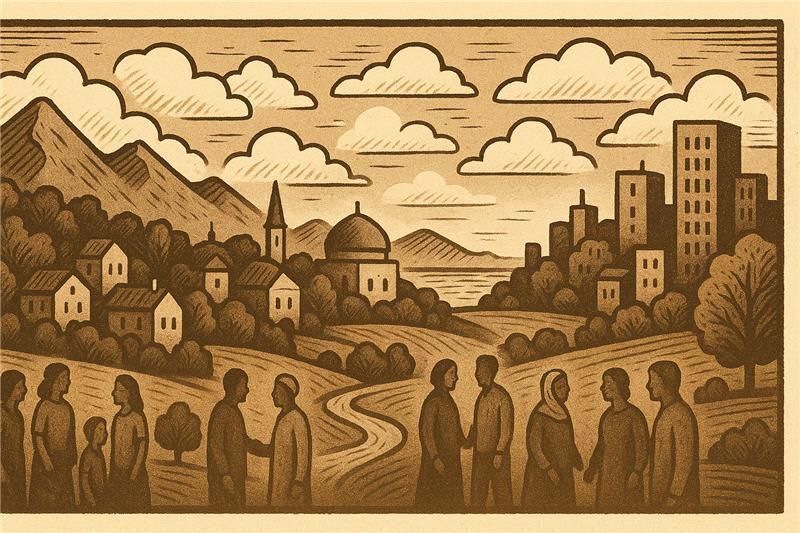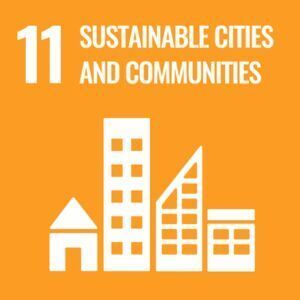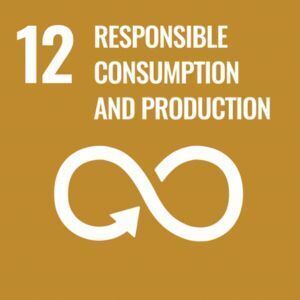A compassionate city is an uncomfortable city! A city that is uncomfortable when anyone is homeless or hungry. Uncomfortable if every child isn’t loved and given rich opportunities to grow and thrive. Uncomfortable when as a community we don’t treat our neighbors as we would wish to be treated.
~ Karen Armstrong, Founder of the global movement, The Charter for Compassion
No single community in the world is a Compassionate Community in any abstract or formal sense, just as no community is devoid of compassion. Each community will find its own path to establishing compassion as a driving and motivating force, and each will conduct its own evaluation of what is “uncomfortable” in that community’s unique culture—that is, those issues that cause pain and suffering to members of the community. For one community that discomfort may be youth violence or an epidemic of teen suicide. Another community may discover that a portion of their community—perhaps immigrants, the homeless, or an LGBTQ group--has been marginalized, harassed, or even physically threatened. Yet another community, as in Botswana for example, the major discomforts may have to do with the needs of large numbers of street children orphaned by the tragedy of the AIDS epidemic.
It all begins with a conversation. Most frequently with a group of like-minded people who are concerned about what is happening in their local community and in the world. During the conversation, you more than likely will get to a point of asking: “What can we do about this?”. When you start asking questions of this nature you’ve reached the starting point to begin a compassionate community initiative.





